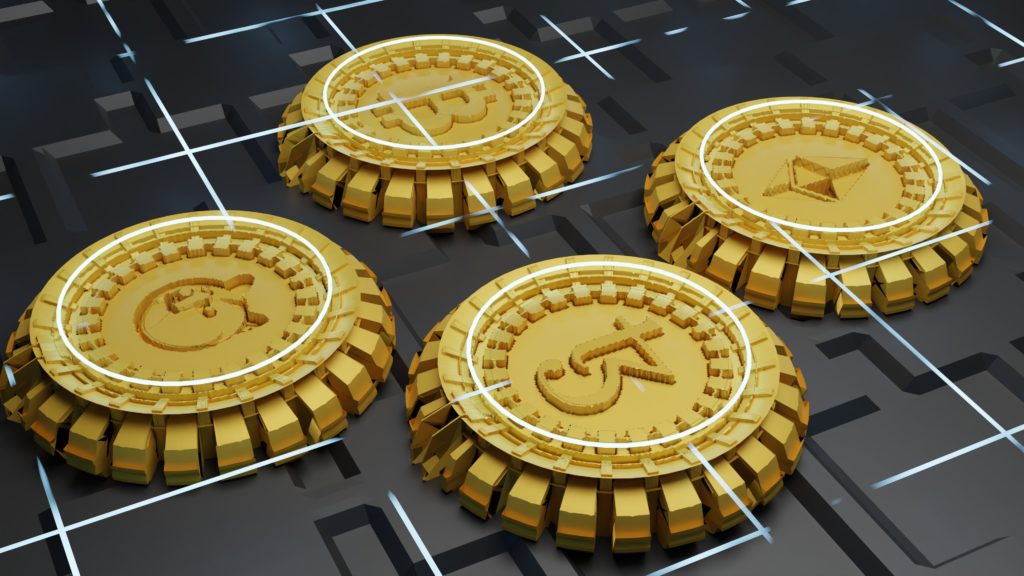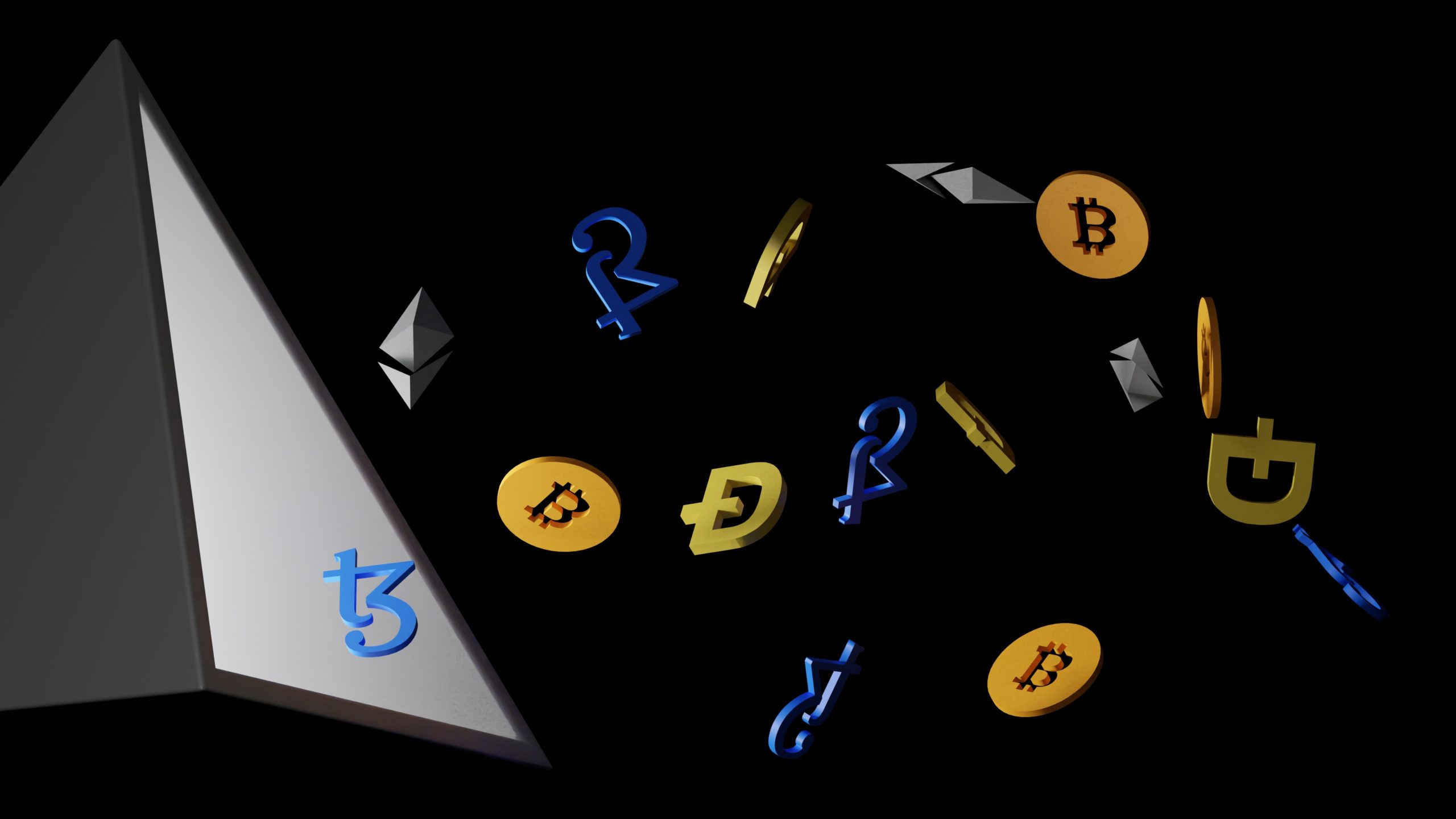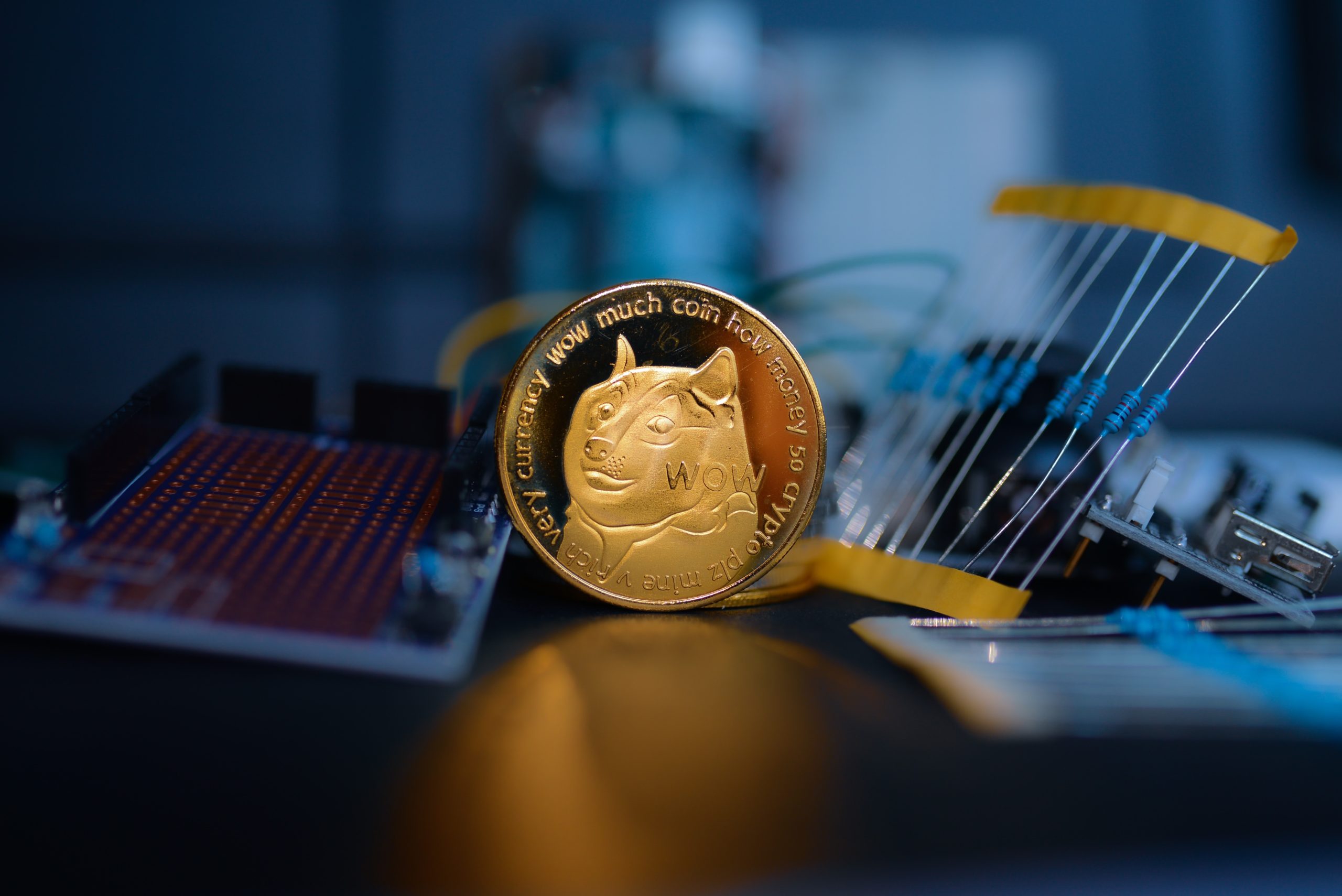TRON is a decentralized cryptocurrency that is open source. TRON serves as the accounting unit in a blockchain application that allows content producers to be rewarded for content dissemination. It is a blockchain-based initiative that was launched in 2017. It was a one-of-a-kind effort at the time since it did not promote any cryptography or design advancements. Other initiatives pioneered decentralized apps, smart contracts, tokens, and delegated proof-of-stake consensus. Some have criticized the project’s lack of creativity, but many have supported the usage of tried-and-true features and methods rather than attempting to construct anything new. This has resulted in a stronger emphasis on user experience and design. TRX, the Tron network’s token, is a token in the same manner that Ether is. TRX coin is Tron’s native token that is utilized to fund network-running apps. TRX is classified as a token rather than a coin since it fulfills a function other than that of a store of value or medium of exchange.

Tron’s Benefits
The benefits of this cryptocurrency are:
Tron’s transaction costs are quite minimal
Tron’s transaction costs are considered nearly non-existent, since you just have to pay $0.000005 every time you do a transaction, and that’s it. TRON’s main net launch and traders’ and fans’ use of its token will determine whether these low transaction costs will continue in the short term and their long-term significance. It enables a higher volume of transactions
Justin Sun was a Ripple member, and when working on his crypto-project, he was excited to incorporate some of Ripple’s core ideas and popular characteristics into his work. Don’t worry if you haven’t heard of them; we’ve got you covered. One of those essential concepts was to create a system that allows for a considerably higher number of transactions, which is another significant advantage of Tron.
Tron has a fantastic crew behind it
One of the most significant advantages of Tron is that it is supported by a fantastic staff. In reality, this project is now being worked on by some of China’s most creative and promising people, with one goal in mind, to improve it further and further.
Quick transactions
Tron transactions are very rapid due to the network’s ability to accommodate up to 2000 transactions per second. This transaction capability strongly affects Tron’s popularity and future position in the cryptocurrency market, allowing this network to transform online media. Compared to other coins like Bitcoin, which allows 3 to 6 transactions per second, or Ethereum, which allows 25 transactions per second, Tron’s advantages are clear.
Tron’s disadvantages
This cryptocurrency’s drawbacks are as follows:
Centralization of blockchain technology
The network uses mining based on the proof of ownership method, in which the transaction is validated by a small number of validators who are easily manipulated. Justin Sun, the founder, is one of these validators.
Token distribution is haphazard
Only 40% of the coins were sold during the ICO, with the remaining 60% distributed among Justin Sun, unidentified investors from the closed presale, and the development team.
It is still at its baby stage
Tron is a latecomer to several of the applications it seeks to replace, placing it in direct rivalry with the much more established Ethereum. The platform is currently in its early stages of development, with just the first half of the project roadmap accomplished.
Reduced developer activity
It’s worth noticing that developer activity on the network has slowed, which is usually a symptom of problems. Cardano is now the most active developer, with Polkadot and Ethereum close behind. Tron is up against stiff competition.
Others have an impact on its price
Unfortunately, Tron is greatly impacted by other cryptocurrencies, since the whole crypto market follows the same basic trend. Bitcoin or Ethereum usually shows up in Tron price charts.









